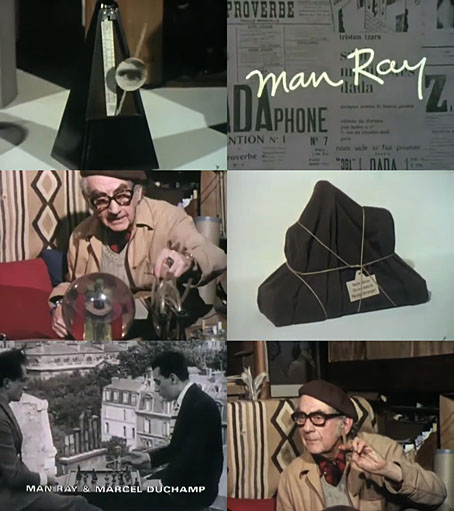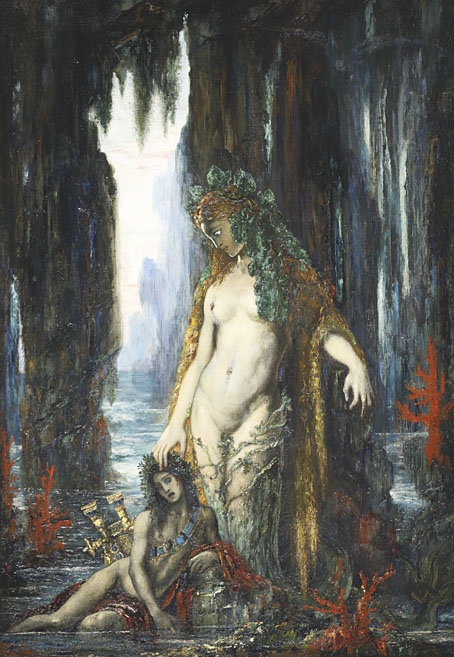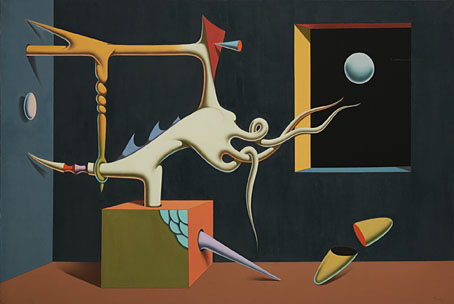Documentaries about art in the 20th century are often compromised by a lack of interview material, as a consequence of which you tend to see the same few clips used again and again. What you don’t see so often are the original interview films which provided the source of those extracts. I turned up one of these a couple of years ago, Rebel Ready-Made, a film about Marcel Duchamp from 1966. Another popular source of sound-bites is the Monitor episode with Roland Penrose interviewing Max Ernst, something I still haven’t seen in full, and this short film about Man Ray from 1972. All three interviews were BBC productions, the Man Ray film having been made for the Review strand as a result of a recent exhibition of Man Ray’s work in Paris. The version linked to here was a repeat screening whose introduction suggests there might have been more footage in the original broadcast. If so, this is still more of this particular interview than I’ve seen before, with Man Ray discussing the creation of some of his Dadaist objects—The Gift is referred to—as well as the photo portraits he made of the many artists, writers and composers passing through Paris in the 1920s. At 15 minutes the film is far too short, Man Ray’s wide-ranging career—painter, object-maker, photographer, film-maker—deserves a more substantial appraisal, but it’s good to see him talking all the same.
Previously on { feuilleton }
• Man Ray and the Marquis
• Emak-Bakia
• Dreams That Money Can Buy
• Entr’acte by René Clair





